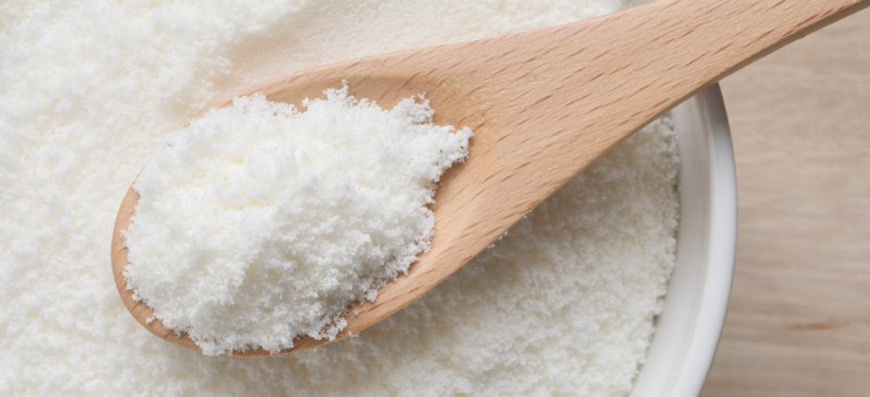Marine collagen, a protein
Marine collagen is a large molecule of the fibrous type that is used in large quantities in the constitution of the body’s connective tissues. It is the most abundant protein in the animal kingdom, accounting for approximately 30% of total proteins. Collagen, like all proteins, is made up of « brick » elements called amino acids assembled together according to the coding defined by our DNA. There are about 1050 amino acids per molecule of collagen.
According to the amino acid composition, there are different types of collagen, the most abundant of which is type I, representing 90% of the collagen in our body and present in numerous tissues such as cartilage, bones, tendons, skin and blood vessel walls.

Its origin
Marine collagen is extracted from skins, bones or scales, which represent 30% of the co-products of seafood processing.
Available in the form of hydrolysed peptides of low molecular weight marine collagen, it has a very effective action on cell development and tissue regeneration, excellent biocompatibility and biodegradability.
Its benefits
Ce collagène de type I est celui qu’on retrouve le plus dans l’organisme humain.
Les principaux bienfaits connus concernent la peau, les tissus conjonctifs et l’ossature.
Le collagène de type I permet aussi de maintenir la souplesse et la force de la peau, des ligaments, des articulations, des os, des muscles, des tendons, des vaisseaux sanguins, des gencives, des yeux, des ongles et des cheveux.
In what form?
This type I collagen is the one most commonly found in the human body.
The main known benefits concern the skin, connective tissues and bones.
Type I collagen also maintains the flexibility and strength of the skin, ligaments, joints, bones, muscles, tendons, blood vessels, gums, eyes, nails and hair.
The different types of collagen
In the organism, depending on the cells, tissues and protein matrices considered, the combinations of the « building blocks » called amino acids can be different, leading to different structures and functions.
Thus collagen protein is classified under different types:
- Type I collagen, the most abundant, is found in skin, tendons, and much bone tissue;
- Type II collagen is found in cartilage;
- Type III collagen in muscles and vessel walls
Related article: Marine collagen and hyaluronic acid, anti-ageing food supplements
